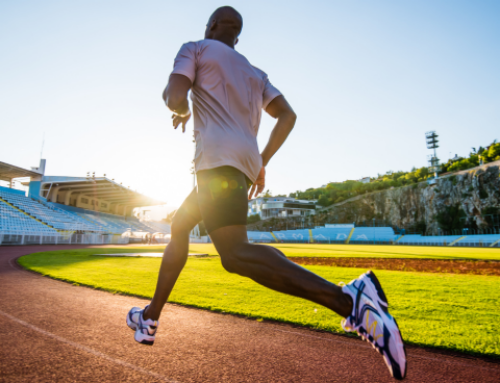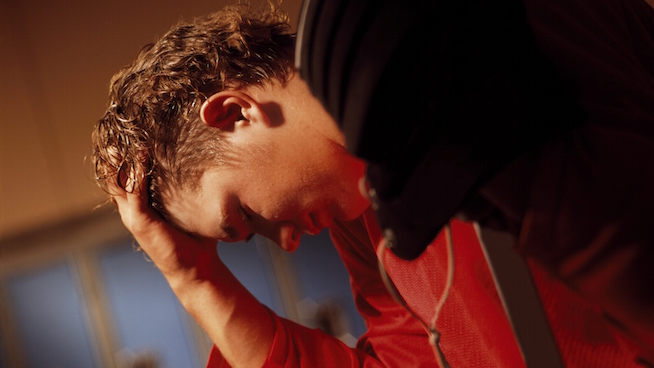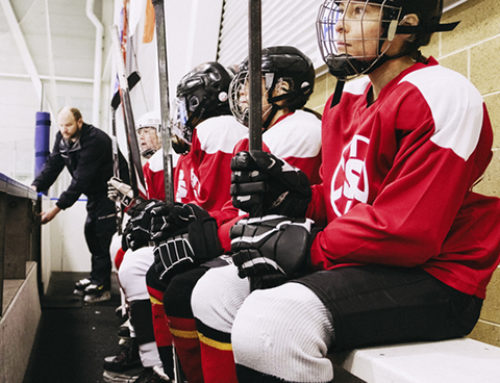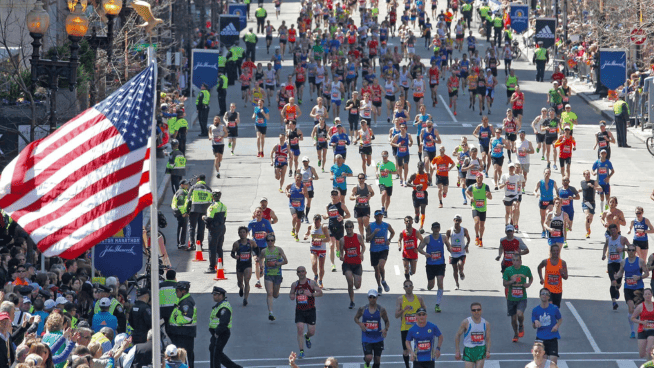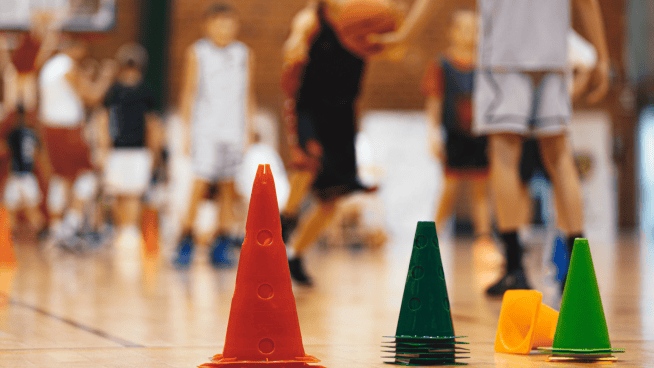Improve Your Performance By Training at the Perfect Altitude
Everyone knows that living at a high altitude can increase your athletic performance, right? But what if someone asked you, “well, what’s the best altitude to live at?” You might be stumped. That was the question a group of researchers set out to answer when they flew 48 collegiate distance runners (32 males, 16 females) from Dallas to one of four training camps near Salt Lake City. Their research was published online in the Journal Of Applied Physiology.
Before they flew the athletes to Utah, researchers from the Institute for Exercise and Environmental Medicine at Texas Health Resources, the UT Southwestern Medical Center, and the USA Ski and Snowboard Association tested their speed in a 3K run. They also tested the athletes’ 3K times after two weeks of training in Dallas, 48 hours after returning from Salt Lake City and two weeks after returning to sea level (Dallas).
When the athletes arrived in Salt Lake City, they were assigned to live at four different altitudes: 1,780 meters, 2,085 meters, 2,454 meters and 2,800 meters. Once each day, the athletes gathered to train at an altitude between 1,250 and 1,300 meters, then returned to their living altitude. This happened every day for a month, after which the athletes returned to Dallas.
When the runners performed their first 3K test after returning to sea level, the group who lived at 2,085 meters notched an approximate 2-percent improvement over their control test, while the group living at 2,454 meters recorded approximately a 3-percent improvement. The groups that trained at 1,780 meters and 2,800 meters, on the other hand, both showed performance improvements of less than 1 percent.
When all four groups tested their 3K performance two weeks after returning to Dallas, the athletes who had lived in the middle altitudes again performed best, registering times that were approximately 2 percent faster than their original tests. The group at the highest altitude again tested 1 percent lower than their baseline. The group that trained at the bottom altitude actually registered times that were approximately 1 percent worse than their control run.
“These data suggest that when completing an altitude training camp, there is an optimal living altitude for producing improvements in sea level performance,” the researchers said in a press release. “For the athlete engaged in altitude training, the identification of an optimal living altitude holds tremendous practical application.”
Now, if you don’t live at the base of a small mountain, you have two options, one likely and one unlikely. Option 1 is to move further up the mountain. That’s probably not going to happen. Option 2 is to invest in an altitude mask, which mimics the effects of living at elevation. If you were to follow the guidelines here, you’d set the elevation mask to between 2,000 and 2,500 meters during low to moderate exercise and then reduce it to an elevation between 1,250 and 1,300 meters during intense exercise.
And before you scoff, consider how massive a 3 percent improvement in your speed could be when you reach the elite level. It might make wearing that mask a bit more bearable.
Read more:
RECOMMENDED FOR YOU
MOST POPULAR
Improve Your Performance By Training at the Perfect Altitude
Everyone knows that living at a high altitude can increase your athletic performance, right? But what if someone asked you, “well, what’s the best altitude to live at?” You might be stumped. That was the question a group of researchers set out to answer when they flew 48 collegiate distance runners (32 males, 16 females) from Dallas to one of four training camps near Salt Lake City. Their research was published online in the Journal Of Applied Physiology.
Before they flew the athletes to Utah, researchers from the Institute for Exercise and Environmental Medicine at Texas Health Resources, the UT Southwestern Medical Center, and the USA Ski and Snowboard Association tested their speed in a 3K run. They also tested the athletes’ 3K times after two weeks of training in Dallas, 48 hours after returning from Salt Lake City and two weeks after returning to sea level (Dallas).
When the athletes arrived in Salt Lake City, they were assigned to live at four different altitudes: 1,780 meters, 2,085 meters, 2,454 meters and 2,800 meters. Once each day, the athletes gathered to train at an altitude between 1,250 and 1,300 meters, then returned to their living altitude. This happened every day for a month, after which the athletes returned to Dallas.
When the runners performed their first 3K test after returning to sea level, the group who lived at 2,085 meters notched an approximate 2-percent improvement over their control test, while the group living at 2,454 meters recorded approximately a 3-percent improvement. The groups that trained at 1,780 meters and 2,800 meters, on the other hand, both showed performance improvements of less than 1 percent.
When all four groups tested their 3K performance two weeks after returning to Dallas, the athletes who had lived in the middle altitudes again performed best, registering times that were approximately 2 percent faster than their original tests. The group at the highest altitude again tested 1 percent lower than their baseline. The group that trained at the bottom altitude actually registered times that were approximately 1 percent worse than their control run.
“These data suggest that when completing an altitude training camp, there is an optimal living altitude for producing improvements in sea level performance,” the researchers said in a press release. “For the athlete engaged in altitude training, the identification of an optimal living altitude holds tremendous practical application.”
Now, if you don’t live at the base of a small mountain, you have two options, one likely and one unlikely. Option 1 is to move further up the mountain. That’s probably not going to happen. Option 2 is to invest in an altitude mask, which mimics the effects of living at elevation. If you were to follow the guidelines here, you’d set the elevation mask to between 2,000 and 2,500 meters during low to moderate exercise and then reduce it to an elevation between 1,250 and 1,300 meters during intense exercise.
And before you scoff, consider how massive a 3 percent improvement in your speed could be when you reach the elite level. It might make wearing that mask a bit more bearable.
Read more:


